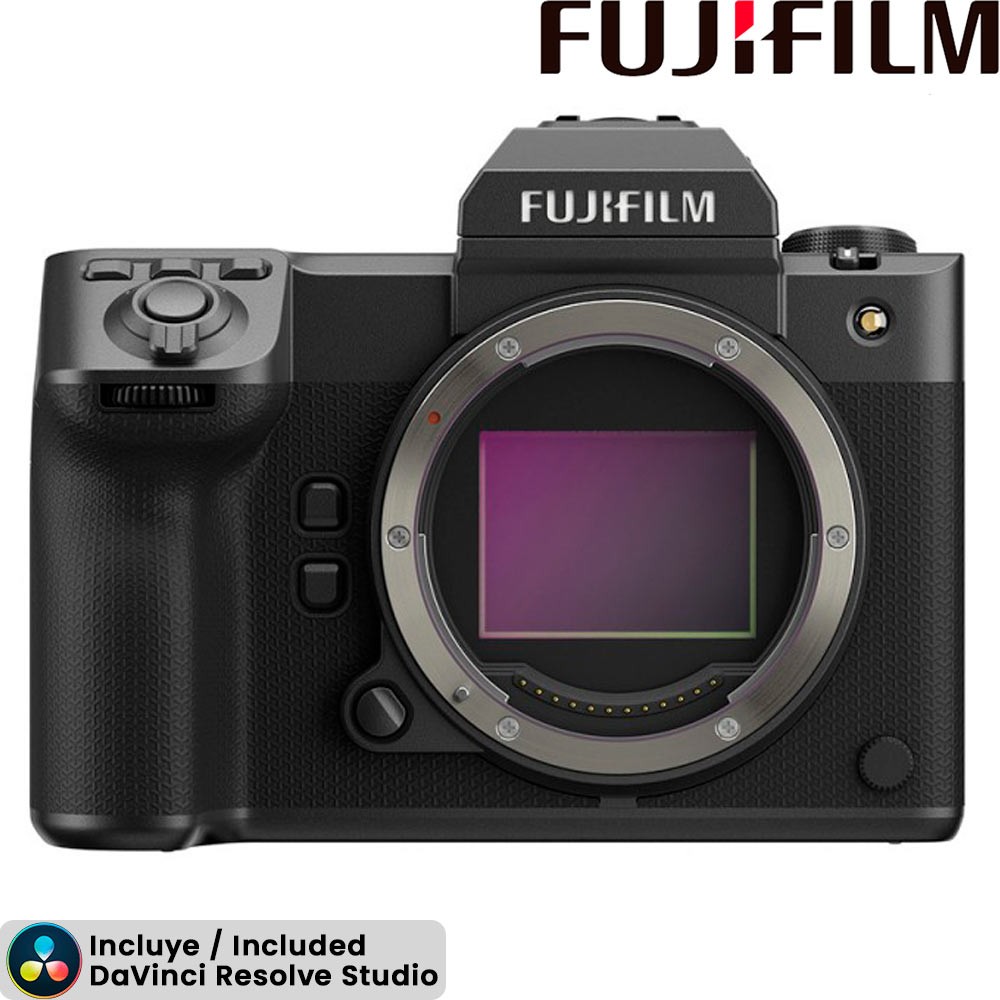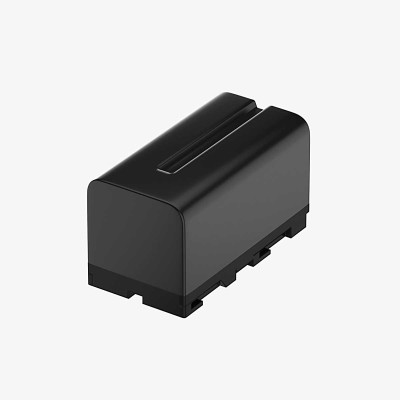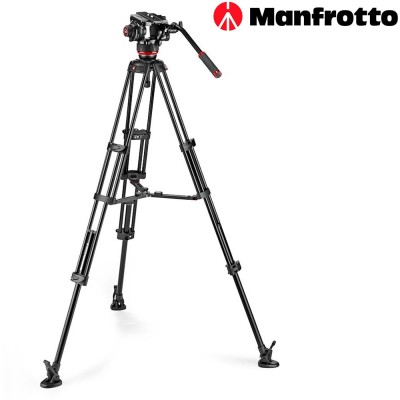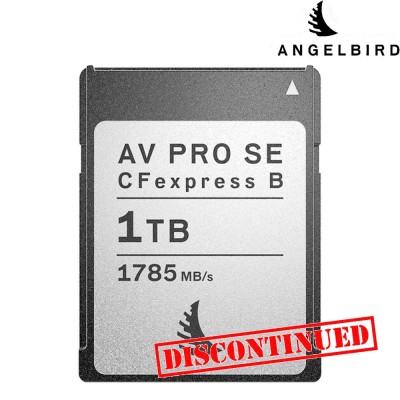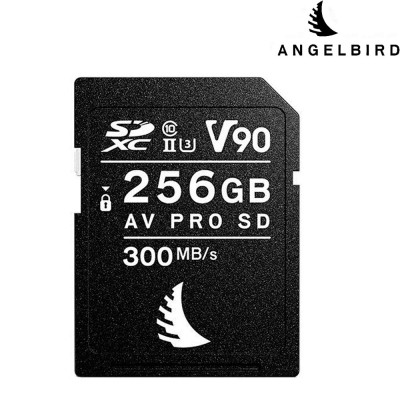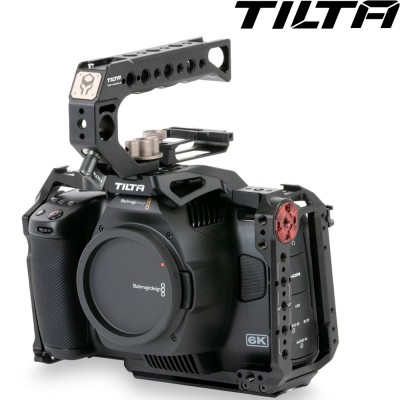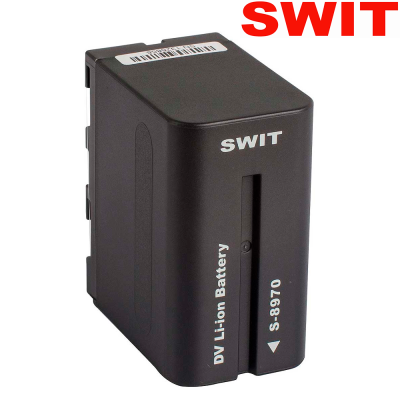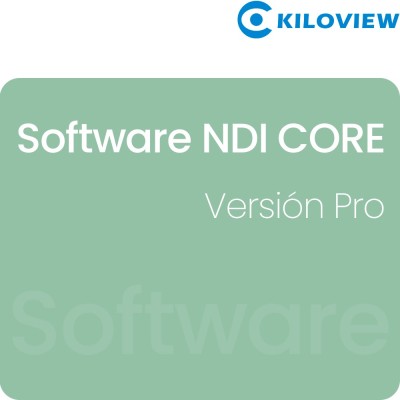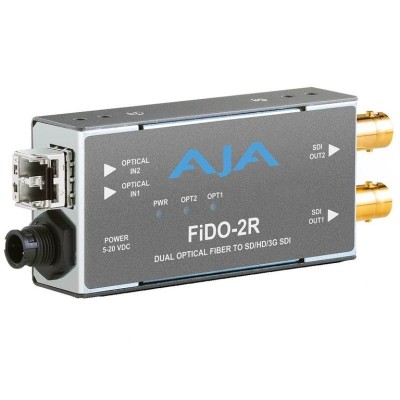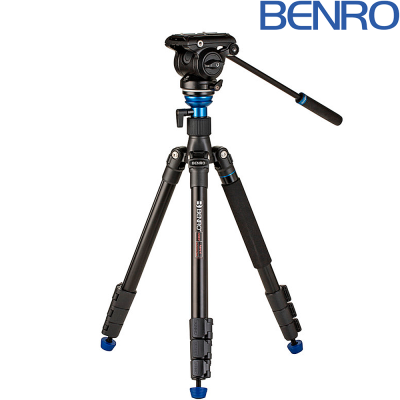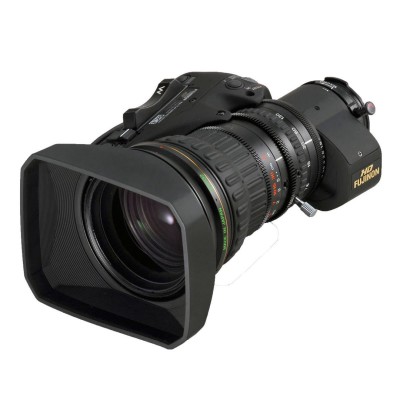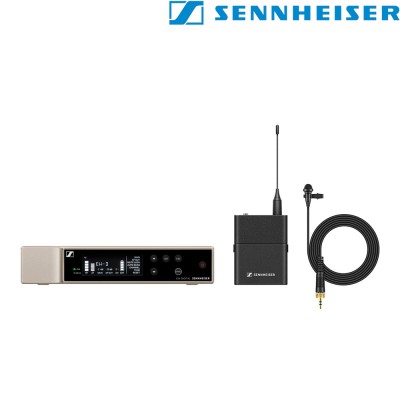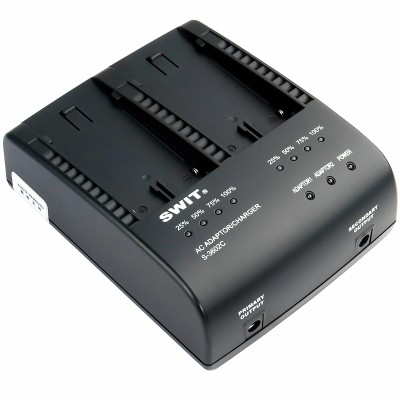Fujifilm GFX100II + DaVinci Resolve Studio (Bundle) - Full Frame Cinema Camera
Fujifilm has revamped its flagship with the GFX100 II, a cinema camera with a sensor approximately 1.7 times larger than a Full-Frame with a sensor size of 43.8mm x 32.9mm. It is a 102MP CMOS II HS with the new X-Processor 5. It has a 5-axis stabilizer that makes handheld shots look great.
This camera can record 4K/60P 4:2:2 10-bit 4K/60P video internally in MOV ProRes 422, HQ and LT, HEVC/H265 and MPEG4/H264 and in MP4 AVC/H264 and ACC and for the first time in this GFX series, it also records 8K/30P and FullHD 120P slow motion. ISO 100 can be used as standard. It also features the F-Log2 curve with 14 steps of dynamic range.
In this bundle, a DaVinci Resolve Studio license is included with the purchase of the Fujifilm GFX100 II to make the entire workflow complete. Shoot and edit and mount with just one purchase.
 |
| Avacab Authorized Dealer |

 |
| Avacab Authorized Dealer |
In this kit the Fujifilm GFX100 II comes with a DaVinci Resolve Studio license. DaVinci Resolve Studio is a complete "suite" with all the tools necessary to complete the post production process of a shoot.
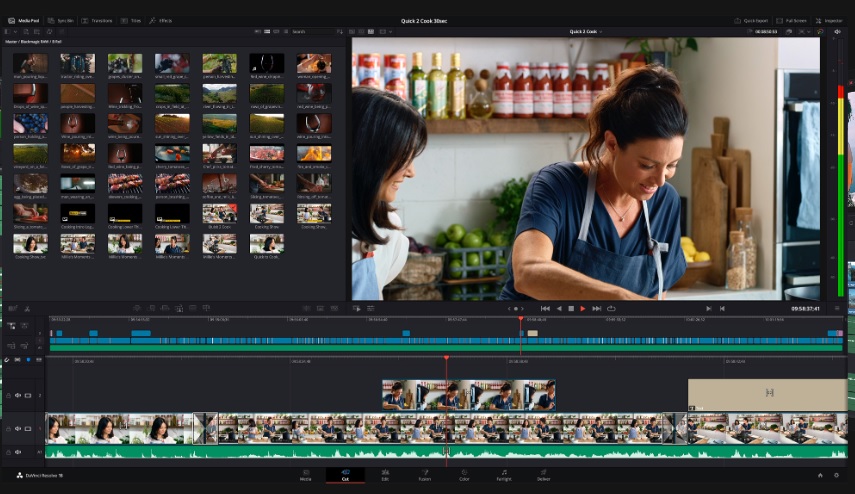
From ingest to export, the entire production is handled by the same software. DaVinci Resolve offers a new way to process wide color gamut images, 3D surround sound and innovative tools for high dynamic range grading, as well as the artificial intelligence based Magic Mask feature. The Fairlight module provides improved keyboard and mouse editing mode selection and a high-performance audio engine called Fairlight Audio Core, which supports 2000 tracks in a single system. It includes a revamped virtual clapperboard with metadata and bin splitters to organise and find material faster, expanded waveforms for audio editing, intelligent resynchronisation, proxy files and real-time effects preview. Titles, effects and compositions created in the Fusion module can be used in the Editing and Editing modules.
DaVinci Resolve is video editing software that is divided into several specialised modules, each with specific tools and dedicated workspaces. These modules include Montage and Editing for editing, Fusion for visual effects and graphic animation, Colour for colour grading, Fairlight for audio processing, and Media and Delivery for file organisation and finalisation. Switching between these tasks is easy with a single click.
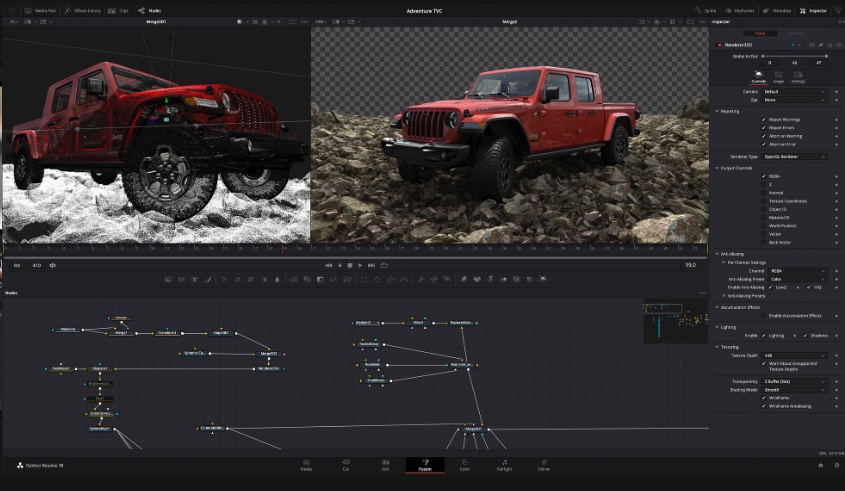
The Editing module is highly advanced and suitable for complex projects such as feature films and TV programmes, offering familiar tracks, dual viewers and automatic trimming functions.
The Montage module is designed for projects with tight deadlines and documentaries, with a streamlined interface for beginners and quick editing functions.
The Colour module is a powerful colour correction tool used in the film industry, with intuitive and advanced controls for beginners and professionals. It includes features for primary and secondary corrections, advanced HDR colour grading and more.
The Fusion module enables the creation of professional-quality visual effects and graphic animations using a node-based workflow with 2D and 3D tools, tracking and mask creation.
The Fairlight module focuses on audio post-production, with keyboard-based editing capabilities and support for up to 2000 tracks with real-time effects. It offers mixing and mastering options in various formats.
The Media and Delivery modules deal with importing, organising and delivering projects, with tools for preparing material, synchronising clips and adding metadata. The Delivery module provides complete control over encoding options and formats, as well as a processing queue for exporting multiple jobs.
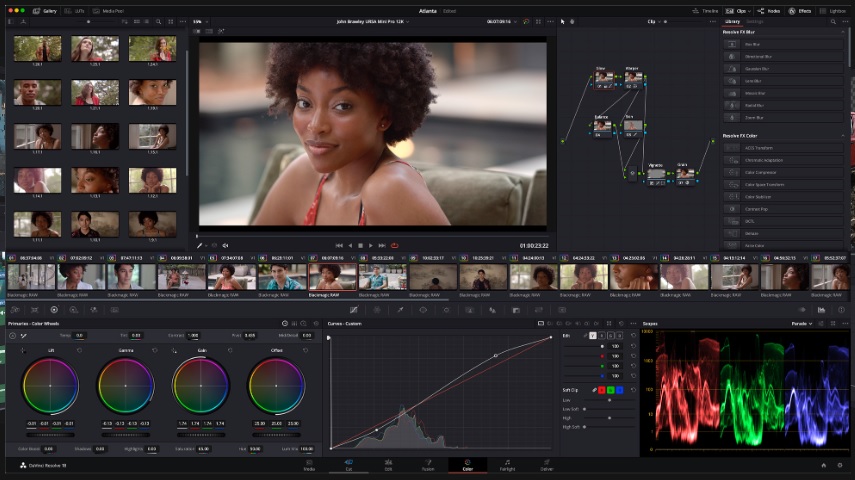
Specifications:
- Resolution:102 megapixels
- Sensor size: 43.8x32.9mm
- Processor: X-processor 5
- Electronic display: 1" of 9.44Mpx
- Integrated stabilizer: 5 axes
- Sensor color filter: Bayer
- Image size: 11648x8736 pixels
- Iso range: 100 to 12,800 (extended to 50 and 102,400) ISO80 nominal
- Metering system: 256-zone TTL metering system with multi-, spot, center-weighted and average options
- Shutter range: P mode: 30sec. to 1/32000sec. A mode: 30sec. to 1/32000sec. S/M mode: 60min. to 1/32000sec. Bulb: up to 60min. *Mechanical shutter operates up to 1/4000 sec.
- Continuous shooting: Approximately 8sec.
- Exposure modes: PASM
- Exposure compesation: +/-5 EV in 1/3 EV steps in still mode,+/-2 EV in 1/3 EV steps in movie mode
- Monitor: 2.36 million dots, 3.2 inch tilting (three directions) touch screen color LCD monitor, aspect ratio: 4:3
- Focus: Single and continuous AF, manual
- Video: 8K (17:9) 24p/23.98p / 8K (16:9) 29.97p/25p/24p/23.98p
- Connectivity: Wi-Fi, Bluetooth, USB-C, HDMI, audio input, Ethernet
- Storage media: SDHC/SDXC card slot, UHS-I/UHS-II compliant. CFexpress Type B. SSD (USB-C)
- Dimensions: Width: 152.4 mm, Height: 103.5 mm, Depth: 73.5 mm, (Min. depth: 46.5 mm) (including EVF)
- Weight: Including battery and memory card: Approx. 948g (including EVF: 1.030g)
*Depending on the type of SSD, there are some modes and formats that cannot be recorded.

Data sheet
- Outputs
- HDMI
USB - Max. Video Resolution
- 8192x4320 8K DCI
- Data and Control
- Ethernet
- Power
- AC
Battery - Grabador
- Si
- Recording/Storage Media
- CFexpress Cards
Discos SSD
Tarjeta SD - Codec / Ficheros
- H.265 / HEVC
H264
MPEG
ProRes - Montura de cámara
- Fujinon GFX
- Sensor Size
- Full Frame
